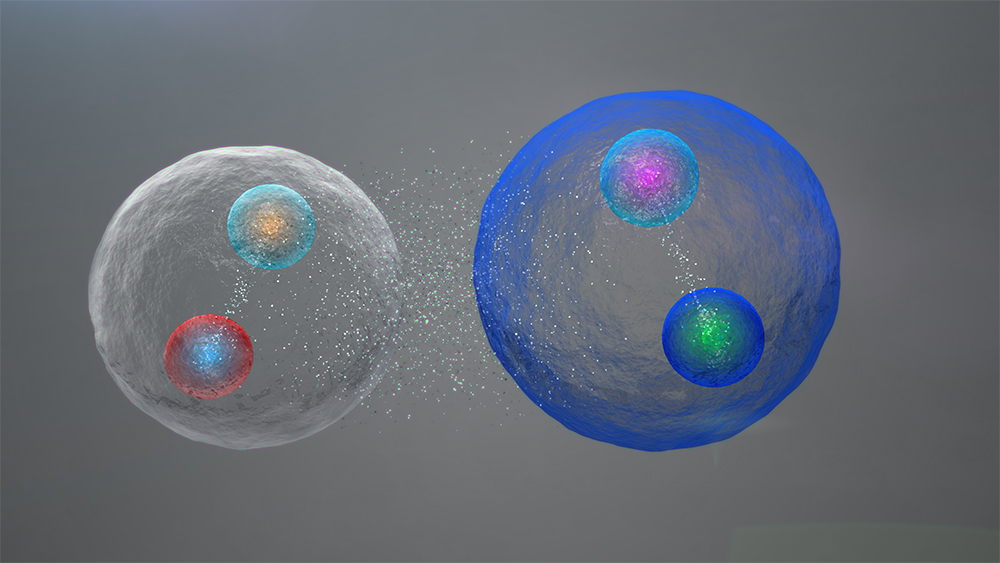Imagine big chunks of Ice cubes floating in your soda. Now think of bigger cubes… much bigger than these and the ones that float in the ocean. Aha! Icebergs are these huge chunks of ice that float freely in the water.
 Now since ice is lighter than the sea water, typically only one-ninth of the volume of an iceberg is above water. Icebergs are found in the Arctic, North Atlantic, and Southern Oceans. Icebergs can be of any size. The smaller ones can be as big as a small car and the bigger ones could be bigger than a house.
Now since ice is lighter than the sea water, typically only one-ninth of the volume of an iceberg is above water. Icebergs are found in the Arctic, North Atlantic, and Southern Oceans. Icebergs can be of any size. The smaller ones can be as big as a small car and the bigger ones could be bigger than a house.
Icebergs form when chunks of ice break off, from glaciers, ice shelves, or a larger iceberg. We have to watch out for these icebergs because they can be dangerous to ships travelling in North Atlantic or Antarctica. Remember the most famous ship Titanic that sank because it hit the iceberg. Now we have a system to warn ships of icebergs in the North Atlantic, however very small icebergs can still go undetected.
There are ways in which icebergs are helpful also, Biologists study icebergs to find out how they affect ocean life. As icebergs melt, they dissolve nutrients into the sea around them. Some findings have shown that the water surrounding the icebergs is full of plankton, fish, and other sea life.
Did you know?
The phrase “just the tip of the iceberg” means problem is much bigger than it seems.






Leave a Reply